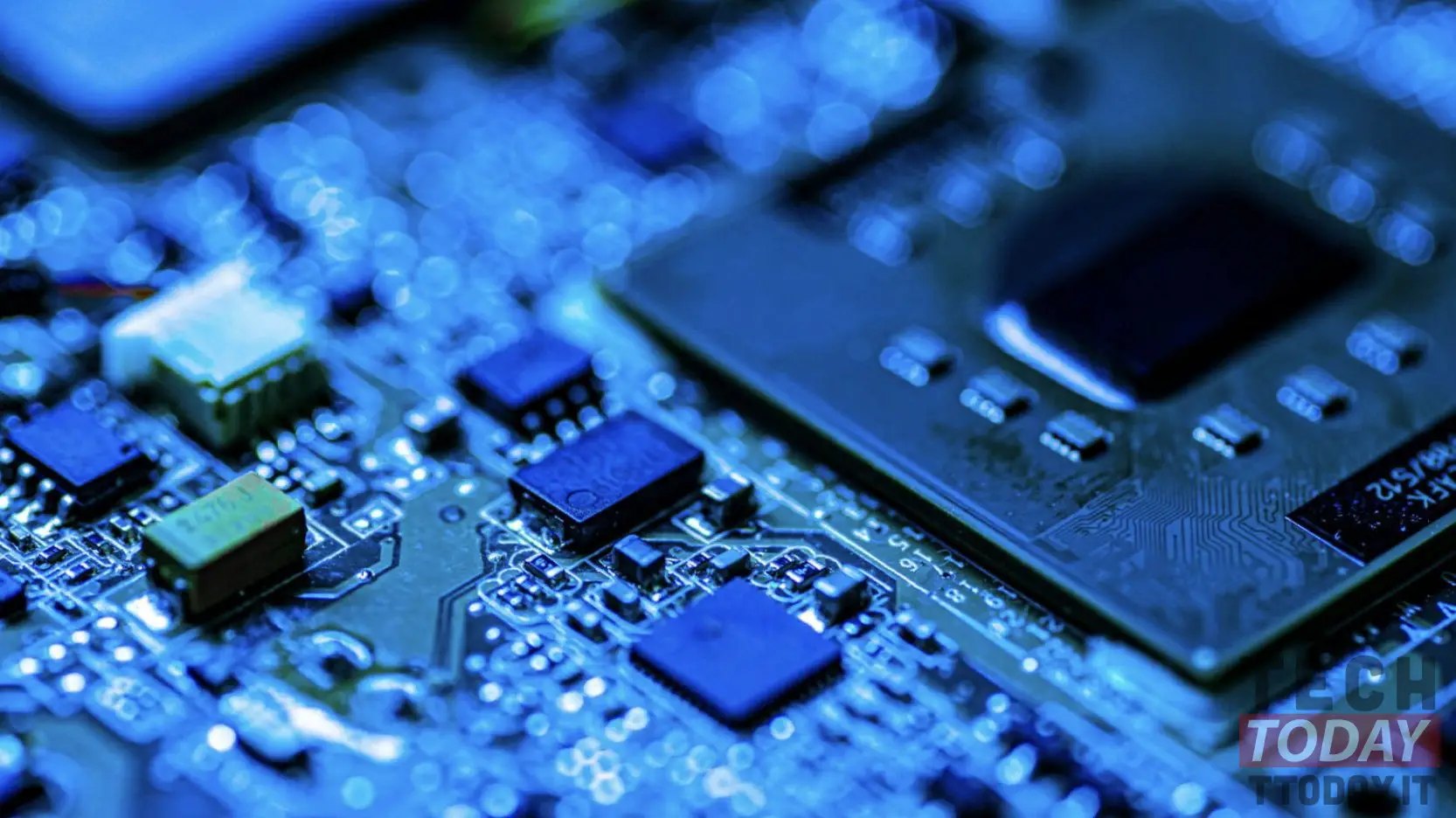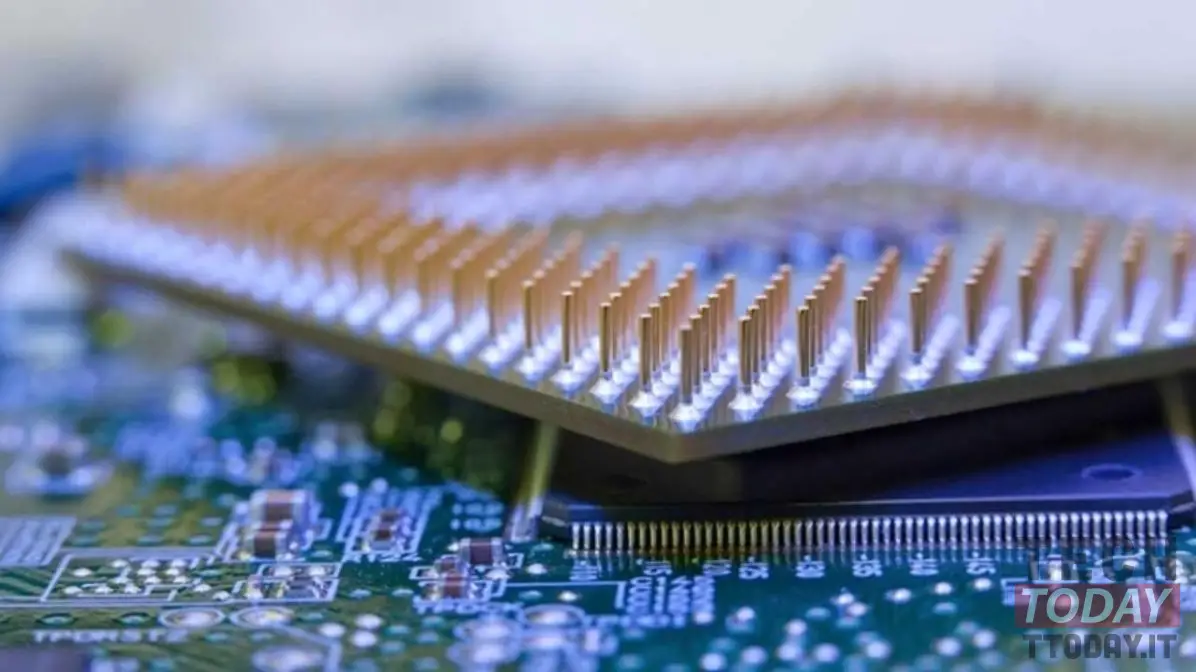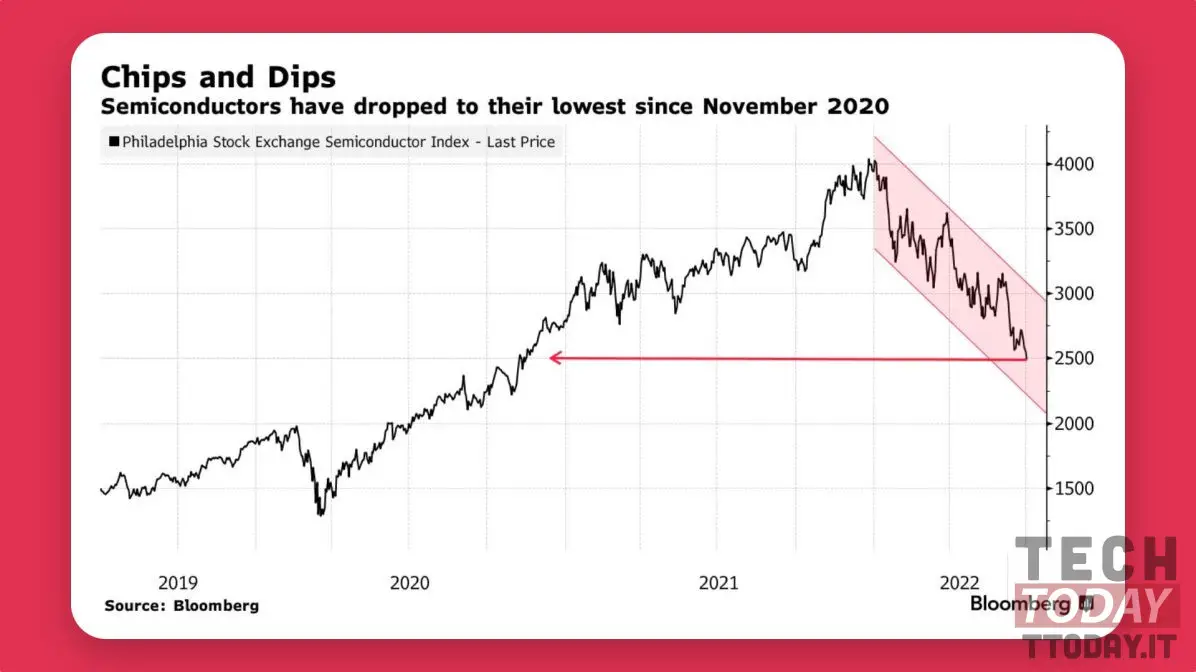
Since last year we have been talking about the chip crisis. The microprocessor sector has been in crisis since 2020 but the situation is exacerbated with the arrival of the pandemic. Many analysts, as well as big names in technology companies, have said in recent years that the crisis would end between 2022 and 2023. But is it really so? Is the next step after a crisis really its resolution? In a way, yes, but the situation is more complicated than it seems. Let's see why.
Over the course of two to three years we have gone from a chip crisis to overproduction. Physiological, of course ... but what really happens?
A few months ago, electronics manufacturers complained of a chip shortage occurring from 2020. However, there are now more and more reports that the market expects a drop in demand. This could, however, be the biggest recession of the last decade. The lack of chips in the market was most clearly manifested with the COVID-19 pandemic. Due to severe blockages in China, some factories have stopped: this is where the largest part of the chips is produced. But even after the resumption of business, the difficulties did not end: they had to rebuild all the supply chains from scratch.

Read also: Global chip shortage: what are the causes and effects? And how long will it last?
The shift to remote work around the world has caused a rapid increase in sales of equipment, including computers, laptops and smartphones. For all of this obviously you need chips, often advanced and expensive. Let's think about the 3nm chip production by Samsung and TSMC.
La trade war between China and America contributed to the deficit. In September 2020, the United States Department of Commerce has imposed restrictions to cooperation with Chinese Semiconductor Manufacturing International Corporation (SMIC). This forced suppliers to switch to TSMC and Samsung Semiconductor products, which were already loaded with orders. Finally, the electronics market was hit by bad weather: the severe drought in Taiwan in 2021 has disrupted the semiconductor manufacturing process, which requires large quantities of purified water. For example, TSMC alone uses over 63 tons of water per day.
The situation today
Over the past two quarters, electronics manufacturers have experienced a decline in demand. The market is saturated with smartphones and PCs, and after the removal of major restrictions around the world, the workers are returning to the offices. Additionally, consumers are starting to save in the face of a slowdown in the global economy.

Some brands managed to build impressive chip stocks during the pandemic. Now they are putting new orders on hold, spending the surplus, which is financially hurting producers. Despite this, i European politicians (and also Italian) have just started rolling out programs to support local semiconductor manufacturing. That is, the volume of products produced may soon even grow.
International market players are already reacting to the situation: the leading American manufacturer Micron has warned investors of a decline in expected revenues. While Europe is talking for some time now about its digital sovereignty in the field of chips and microchips, other countries around the world have been moving in the same direction. In particular Japan e States United they started negotiations to become independent from Taiwan and China production. Specifically we talk about independence of 2nm microcircuits, the most advanced at the moment for the construction of cars and other electronic devices.
What will the major players in the tech world do?
Micron and Intel have already announced that they will cut costs for setting up new plants and purchasing equipment. Surely producers are reassured by the fact that the sector is cyclical: it regularly experiences recessions, which are quickly replaced by periods of growth. As analysts note, the chip shortage across the industry, while declining, it has not been completely eliminated. Time is still needed. Basically, there is a shortage of power management components and microcontrollers for industrial equipment.








